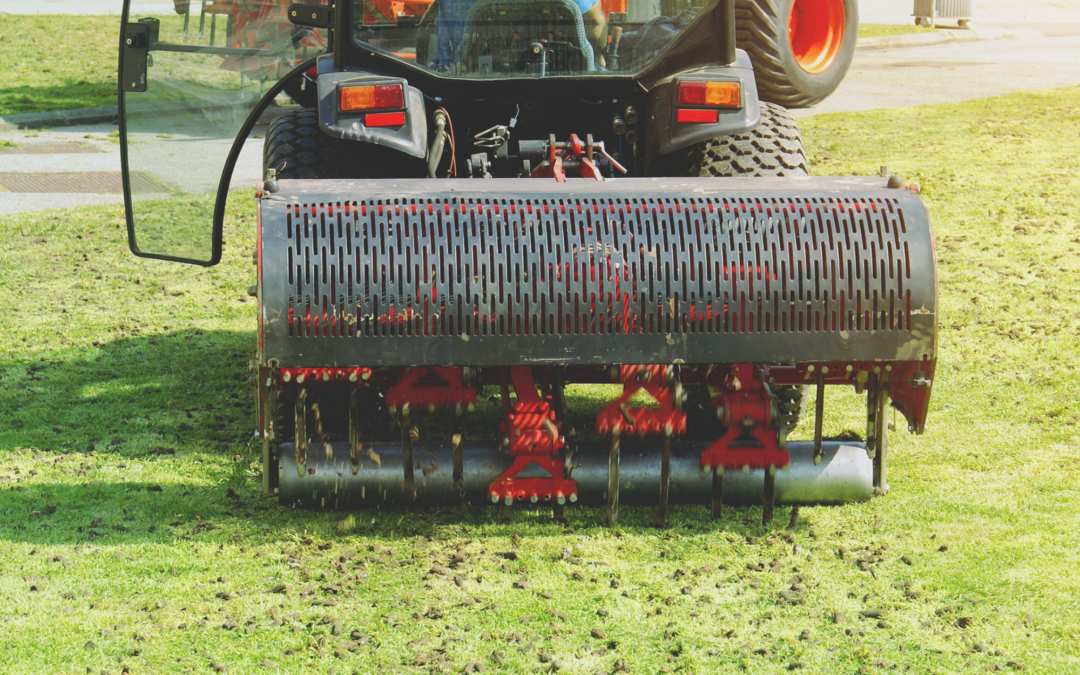Maintaining a healthy and vibrant lawn in New England requires diligent care and attention. One crucial aspect of lawn maintenance is aeration, which involves creating small holes in the soil to improve airflow, water absorption, and nutrient distribution. However, choosing the right time to aerate your lawn is essential to maximize its benefits and promote optimal growth. In this article, we will explore the best time to aerate your lawn in New England, taking into account the region’s climate and seasonal variations.
Understanding New England’s Climate:
New England experiences a diverse climate characterized by four distinct seasons: spring, summer, autumn, and winter. The region’s climate exhibits both warm and cool temperature ranges, as well as varying levels of rainfall throughout the year. These seasonal changes greatly influence the timing of lawn care activities, including aeration.
Best Time for Aeration in New England:
While specific timing may vary depending on a number of factors including the condition of the environment, health of your lawn, and the type of grass seed you laid down. For example, if you have a cool-season grass, such as bluegrass, fescue, and ryegrass, it’s best to aerate during the fall season, specifically in early to mid-fall. Here’s why:
- Soil Temperature and Moisture Levels: During the fall, the soil in New England is still warm from the summer season, which facilitates better root growth. Additionally, the cooler air temperatures help prevent stress on the grass, allowing it to recover more quickly from the aeration process. The soil also tends to retain moisture during this time, reducing the risk of excessive dryness or compaction after aeration.
- Reduced Weed Competition: Fall aeration provides an excellent opportunity to control weeds. By creating holes in the lawn, you disrupt weed roots and make it easier to remove them. Aerating before applying pre-emergent herbicides can also improve their effectiveness by allowing them to penetrate the soil more efficiently.
- Enhanced Nutrient Absorption: Aeration enhances nutrient absorption by improving the movement of water, air, and fertilizer through the soil. By aerating in the fall, you provide an optimal environment for the roots to take up essential nutrients and promote healthy growth. This prepares your lawn for the upcoming winter dormancy and helps it recover stronger in the following spring.
Factors to Consider:
While fall is generally the ideal time for aeration in New England, it is important to consider a few factors before proceeding:
- Lawn Health: If your lawn is struggling with severe drought stress, disease, or extensive weed infestation, it may be best to address these issues before aerating. Consult with a lawn care professional or your local agricultural extension for personalized advice.
- Soil Type: The type of soil in your lawn can influence aeration timing. If you have heavy clay soil, which is prone to compaction, you may benefit from aerating twice a year—once in the fall and again in the spring. However, if your soil is loamy and well-draining, fall aeration alone may be sufficient.
- Weather Conditions: Keep an eye on the weather forecast and plan your aeration accordingly. Avoid aerating during periods of heavy rainfall or when the soil is excessively dry, as it may impede the effectiveness of the process.
Conclusion:
Aerating your lawn plays a crucial role in maintaining its health and appearance. While the best time to aerate your lawn in New England is during the fall growth season, it is essential to consider factors such as lawn health, soil type, and weather conditions before proceeding. By following these guidelines and consulting with experts when needed, you can ensure that your lawn receives the proper care it deserves, resulting in a lush, vibrant landscape for years to come.
If you’re interested in learning more about this or other landscaping services. Reach out to North Atlantic Landscape, the Seacoast’s Premier Landscaping Company, at (603) 205-7777 or by requesting an estimate.
